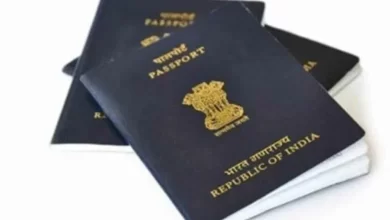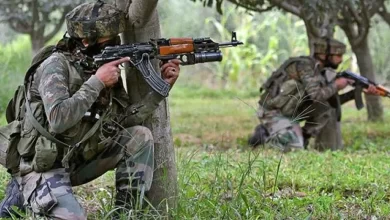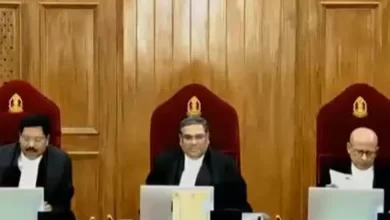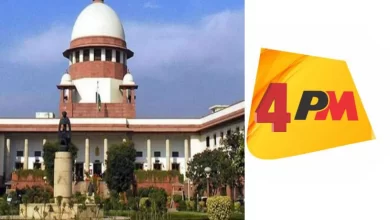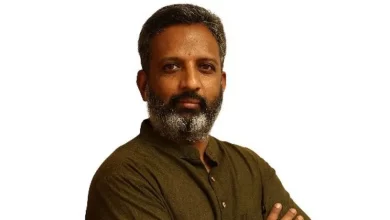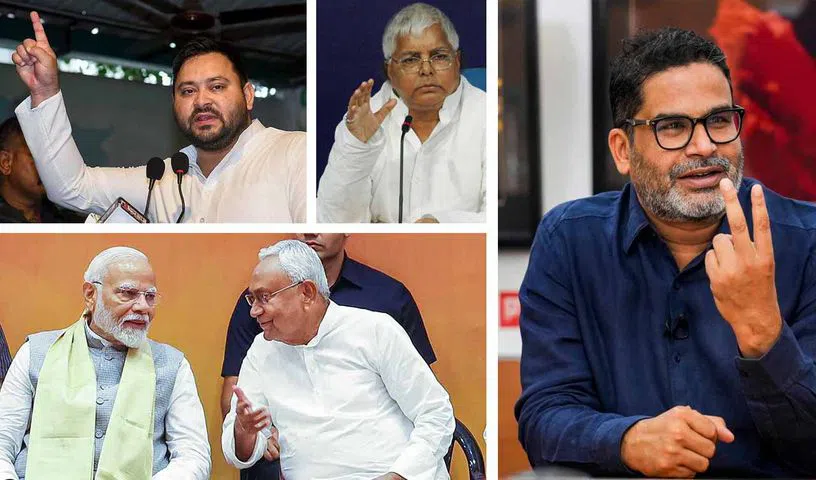
As traditional political strongholds erode and new players vie for relevance, the 2025 Bihar Assembly election is poised to serve as a referendum on the State’s political future
By R Dileep Reddy
As Bihar, a State of over 13 crore people and nearly 8 crore electors, braces for its pivotal 2025 Assembly election, its political landscape is marked by a profound churn. The interplay of shifting alliances, evolving voter preferences, and emergent narratives underscore a potentially transformative juncture in the State’s democratic trajectory, as tracked by the People’s Pulse Research Organization.
The BJP has seized an early advantage, leveraging the 2025 Union Budget’s substantial allocations for Bihar to bolster its campaign. Historically, the National Democratic Alliance (NDA), led by Chief Minister Nitish Kumar’s Janata Dal (United) [JD(U)], has held sway in the State. Yet, the past few years have witnessed a steady realignment of political forces.
The BJP, once a secondary partner in the coalition, has expanded its influence, capitalising on Nitish Kumar’s diminishing political capital and perceived ideological vacillations. As he navigates his 8th term as Chief Minister, the forthcoming election could well determine whether this phase marks the twilight of his storied career.
BJP’s Strategy
The BJP’s strategy has been both expansive and methodical. While retaining its traditional support among upper-caste Hindus, it has made significant inroads into the Other Backward Classes (OBCs) and Dalit communities long considered bastions of the JD(U). This has been achieved by aligning its campaign with the legacy of Nitish Kumar’s welfare initiatives while projecting itself as the more stable and ideologically consistent force within the NDA.
The waning influence of Ram Vilas Paswan’s Lok Janshakti Party has further cemented the BJP’s primacy within the alliance, positioning it as the NDA’s dominant pole in Bihar.
Complementing its governance-focused narrative, the BJP is subtly reshaping Bihar’s electoral arithmetic through a broader consolidation of Hindu identity. This ideological pivot marries cultural nationalism with pragmatic caste engineering, crafting a dual appeal of development and identity. Such a strategy challenges Bihar’s entrenched caste-centric political paradigm, long shaped by stalwarts like Lalu Prasad Yadav and Nitish Kumar.
Pressure on I.N.D.I.A
This shifting dynamic places considerable pressure on the I.N.D.I.A bloc, comprising the Rashtriya Janata Dal (RJD), the Congress, and the Left parties. Historically anchored by its support among Muslims, Yadavs and select OBC groups, the alliance now faces an existential threat from the BJP’s growing appeal among Extremely Backward Classes (EBCs) and Dalits, amplified by its inclusive Hindu identity narrative.
The 2020 Assembly election provides critical context: the NDA, encompassing the BJP, JD(U), Lok Janshakti Party, and Hindustani Awam Morcha, secured a vote share of 43.17 per cent, while the Mahagathbandhan (MGB) garnered 38.75 per cent. For the opposition to reclaim power in 2025, it must surpass the 41 per cent vote-share threshold, necessitating a swing of at least 3 percentage points.
The Muslim vote, constituting approximately 18 per cent of the electorate, remains pivotal. In 2020, the MGB commanded 76 per cent of this demographic, compared to the NDA’s mere 5 per cent. Preserving this base while attracting EBCs and Dalits will be indispensable to the alliance’s resurgence.
Emergence of Prashant Kishor
The emergence of Prashant Kishor’s Jan Suraaj Party introduces a new variable. While its emphasis on clean governance and developmental politics may appeal to aspirational voters, its limited organisational reach across Bihar’s 243 constituencies could curtail its influence. Nevertheless, it risks splintering the anti-incumbency vote, potentially benefiting the NDA.
Leadership remains a defining factor. With Lalu Prasad Yadav retreating from active politics, the mantle has passed to his son, Tejashwi Yadav. Yet, his leadership has struggled to inspire widespread confidence. The RJD’s reliance on caste-based mobilisation may prove inadequate against the BJP’s dual strategy of performance and cultural consolidation.
For the I.N.D.I.A bloc to mount a credible challenge, it must articulate a unified vision, resolve seat-sharing disputes, and effectively engage young and undecided voters. Failure to do so could dim its prospects.
Public Expectations
Structural factors are also reshaping the electoral terrain. The recent caste census, coupled with persistent demands for better employment opportunities, migration management and enhanced infrastructure and welfare, is redefining public expectations. As traditional political strongholds erode and new players vie for relevance, the 2025 Bihar Assembly election is poised to serve as a referendum on the State’s political future.
Will Bihar reaffirm continuity or embrace change? Can regional forces reinvent themselves, or will BJP dominate the State’s political narrative? As the countdown to 2025 begins, Bihar stands at a crossroads, confronting not merely an electoral contest but a moment of reckoning for its democratic ethos.


